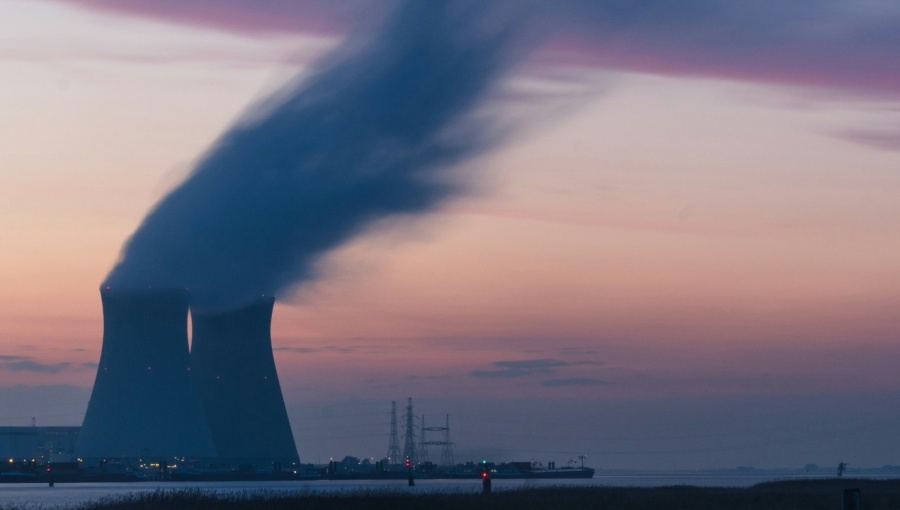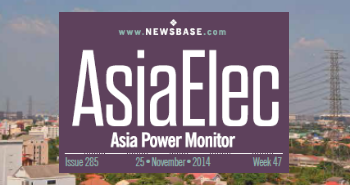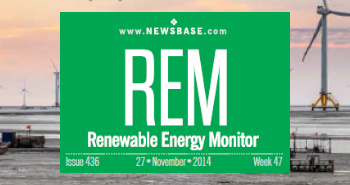ASEAN is going nuclear – it's just a matter of time

Across the ASEAN bloc, energy security, surging data-centre demand and net-zero pledges are nudging governments to revisit their nuclear options.
Time-frames are key, however, and with the bloc’s own Plan of Action for Energy Cooperation at present calling for building human-capital and regulatory capacity in nuclear science as part of the region’s transition toolkit, it is becoming more and more evident that even as national timelines differ markedly - and some nations may see their first power plants or small modular reactors (SMR) online by the mid-2030s.
Philippines: front-runner for first power to the grid
At present, Manila has the clearest timetable. Its nuclear roadmap targets a first commercial plant online by 2032 - initially around 1,200 MW, scaling to 2,400 MW by 2035 and doubling again to 4,800 MW by mid-century. The Department of Energy has begun issuing the policy scaffolding to attract private investment and is weighing site and technology choices spanning SMRs, micro-reactors and even a revival of the mothballed Bataan facility.
An IAEA review notes the 2032 grid-connection goal, while local reporting and government statements outline the capacity ramp.
Indonesia: first SMR as early as 2030–32, larger units later
Further south, Jakarta has inserted a 500-MW first nuclear project into its 2025–2034 electricity plan, with commercial operations targeted for around 2032. Officials and industry trackers say the government could try to bring an SMR forward to 2030, and has been sounding out vendors from China and Russia for backing while drafting uranium regulations. If accomplished, this puts Indonesia on a credible path to have at least one unit operating before 2035, though site, vendor and financing choices will determine the pace.
Vietnam: programme reboot gathers speed
After shelving Ninh Thuận in 2016, Hanoi is now moving at pace to re-insert nuclear into its power plan. Reuters and World Nuclear News of late report formal steps to amend PDP8 and accelerate construction, while Vietnamese energy authorities have publicly floated an ambition to complete the first plant by around 2030 – itself an aggressive target that would likely slip given recent outcomes in other areas of energy production, but still signals intent to have capacity by some point in the early-2030s. Even allowing for permitting and vendor selection, Vietnam sits within the nuclear by 2035 window.
Thailand: laying the groundwork
Bangkok, as home to one of ASEAN’s leading economies, has brought a US “123 Agreement” into force, enabling civil nuclear cooperation and technology transfer, and is updating its Power Development Plan with references to SMRs as part of a net-zero-aligned grid.
While Thailand has not yet fixed an in-service date, policy direction and enabling frameworks are shifting in nuclear’s favour; late-2030s operation looks more likely, but an SMR by the mid-2030s is not impossible if decisions come quickly.
Malaysia: possible contender but more likely an also-ran
Putrajaya, south of the Malaysian capital Kuala Lumpur, was established by a former prime minister in the late 20th century as “a laboratory for a new form of electronic government" and has to some extent revived nuclear as an option to provide firm, low-carbon baseload amid rapid demand growth, data-centre loads and coal retirements for the country.
Ministers describe nuclear as under “serious evaluation”, with local reporting at times pointing to exploratory work on SMRs. If the Malaysian government moves from study to procurement in the next few years, first power by 2035 would be tight but conceivable for a small unit.
Singapore: building capabilities, not committing (yet)
Land-scarce Singapore meanwhile is doubling its Future Energy Fund and explicitly studying nuclear’s role, while funding a new nuclear-safety research institute.
Analysts caution against the city-state being an early SMR test bed, but capability-building keeps the option open for later in the 2030s or beyond as micro-reactors or advanced designs as well as global deployments mature.
Myanmar: politically fraught, but pushing ahead with Rosatom
Despite conflict and seismic concerns, the junta has signed an intergovernmental agreement with Russia to build a small-scale nuclear plant using RITM-200-class technology; Rosatom says it will proceed but timelines are opaque and financing unclear, yet the declared intent means Myanmar could technically pursue operation before 2035 if conditions allow - albeit with high risk given the current political strife in the country.
Laos and Cambodia: early-stage interest. Laos, one of the smaller economies in the region has also reportedly signed a fresh roadmap with Russia on peaceful nuclear cooperation The Laotian Times reports, in the process signalling an exploratory path from research and medicine towards eventual power generation. Cambodia too has discussed nuclear centres and MoUs with Russia and China, but expert assessments suggest commercial power is unlikely any time before 2040. Neither looks set to deliver electricity by 2035 without an unexpected leap to floating or imported units.
Bottom line
By the mid-2030s, the Philippines and Indonesia are the most likely ASEAN states to have operating nuclear capacity, with Vietnam a close contender if its reboot stays on track. Thailand and Malaysia are positioning themselves through policy and partnerships but need near-term decisions to make the 2035 cut-off. Singapore meanwhile is building knowledge rather than megawatts and elsewhere – in Myanmar, Laos and Cambodia, plans are politically and technically contentious – for now.
But for the ASEAN region to start producing power by way of full-on nuclear power plants or SMRs is just a matter of time. Watch this space.



Follow us online